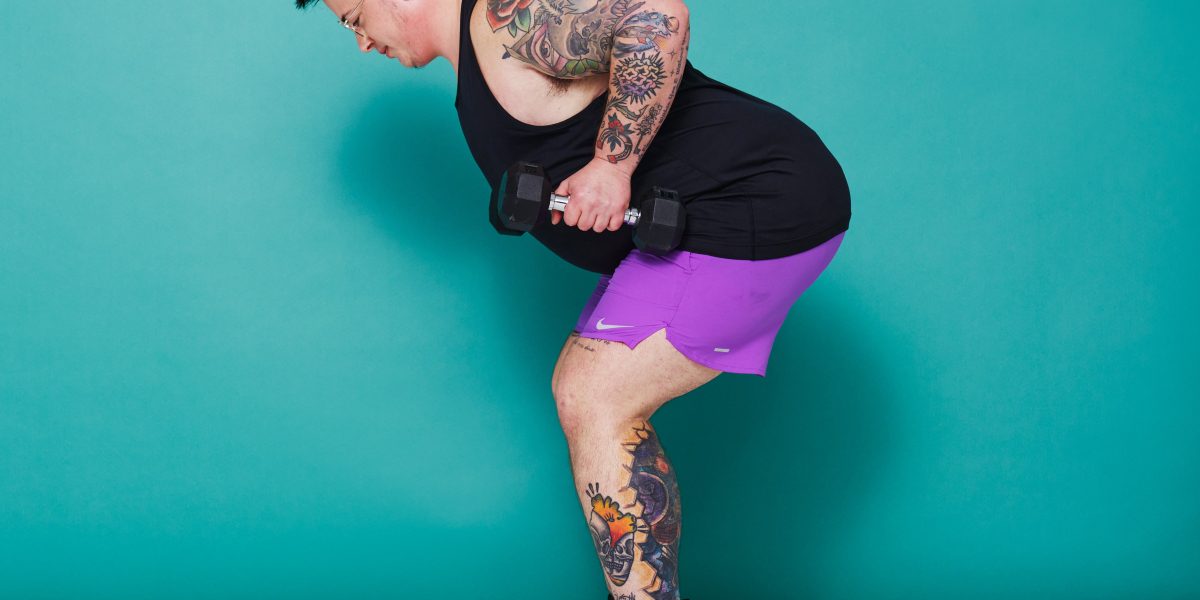Anyone who’s into strength training (or looking to get started with it) needs a solid, go-to upper-body dumbbell workout. Sure, you can work lots of those muscles with just your bodyweight, but if your goal is to keep building strength and muscle, you’ll want to begin adding resistance.
Dumbbells are a great choice for external load because they’re typically easier to find and less expensive than other types of free weights, like kettlebells and barbells. The learning curve tends to be pretty simple with them, too, making them a solid choice for beginners.
So, once you’ve committed to dumbbells, what’s the best way to strengthen your upper body? You’ll want a routine filled with compound moves that hit all the major muscles there, including your lower and upper chest; upper, mid, and lower back, and the front, middle, and rear of your shoulders, certified personal trainer Francine Delgado-Lugo, CPT, movement and strength coach and cofounder of Form Fitness Brooklyn, tells SELF. For a really comprehensive workout, you’ll also want to include isolation exercises, too. These give attention to some of the smaller muscles, too, like your biceps, triceps, and forearms, she says.
In the upper-body dumbbell workout Delgado-Lugo created for SELF below, you’ll target all these areas. And you’ll focus primarily on two basic movement patterns to get it done: pushing and pulling.
With pushing exercises, you’ll work the front of your body, including your chest and shoulders, as well as your triceps, which assist that motion. On the other hand, pulling exercises target the back of your body, like your lats, lower traps, and rhomboids, while your biceps help it along. Basically, with this routine, no major muscle group in the upper body will be left untouched—meaning you’ll be building seriously balanced strength here.
The key to making this a really effective workout is to use a medium-to-heavy weight that feels challenging for the number of suggested reps, says Delgado-Lugo. “You’ll know you’ve gone heavy enough if you start to feel fatigued two to three reps before you complete your set,” she says. “If you can complete a full set comfortably or with minimal challenge, scale up.” By really challenging yourself, this makes for “a useful workout for anyone who is looking to build strength or add muscle,” Delgado-Lugo adds.
